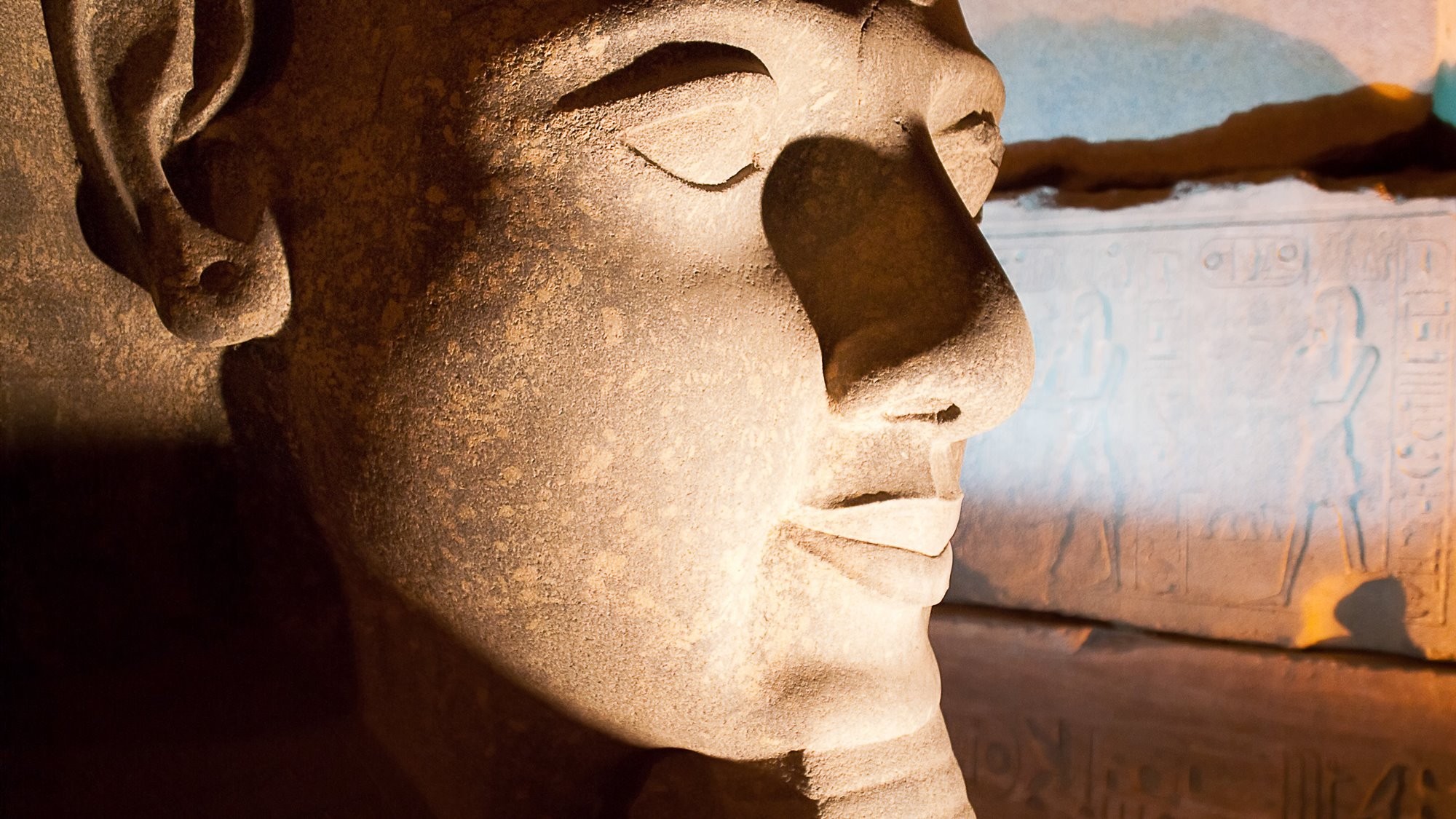Aquitaine - Historic Region of France
Aquitaine is a former region of France. With the Atlantic Ocean to the west, the Pyrénées mountain range to the south, and the city of Bordeaux proclaiming itself to be the wine industry capital of the world, this has always been a popular part of France. The region included the departments of Dordogne, Gironde, Landes, Lot et Garonne, and Pyrénées-Atlantiques. With the re-ordering of the administrative regions at the end of 2015, from 2016 Aquitaine was combined with Poitou-Charentes and Limousin to form the region now known as Nouvelle-Aquitaine.



